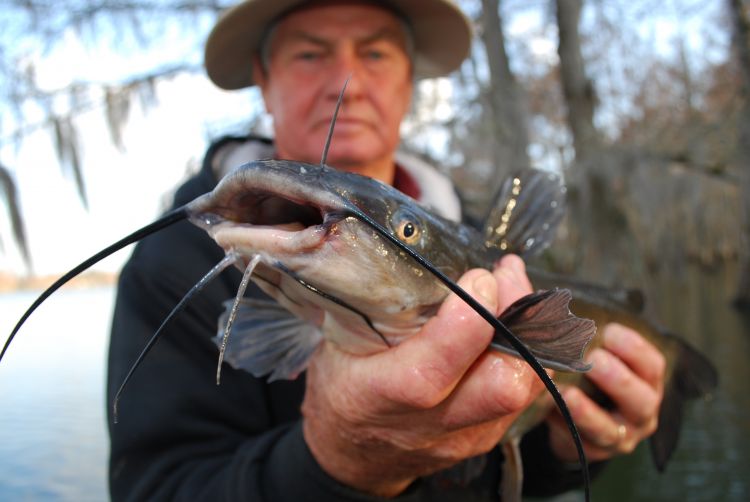
Catfish farming developed rapidly during the 1960s and 1970s as improvements in pond management, disease identification and control, and prepared feeds were developed and adopted by farmers. Indoor hatching of channel catfish eggs in troughs equipped with paddlewheels to move the water in a manner that simulates the fanning of the eggs by the male fish was first accomplished in 1929.Ĭommercial aquaculture was first considered to be economically practical in the late 1950s. Spawning nests (nail kegs) were first used in 1916 and the numbers of fingerlings produced per stocked female increased. Pond spawning was first observed in 1914 at a government hatchery. Spawning was first achieved in 1890 in aquaria, at which time it was learned that the male guards the eggs during incubation. Channel catfish were native primarily to the Mississippi River Valley but were widely introduced throughout the nation by the Commission.

Interest in channel catfish began when the United States Fish and Fisheries Commission began stocking fish collected from the wild in the 1870s.

The primary interest in many countries appears to be recreational fishing. 13-inch catfish (courtesy Profile Historical backgroundĬhannel catfish have been introduced into Europe, Russian Federation, Cuba and portions of Latin America.


 0 kommentar(er)
0 kommentar(er)
